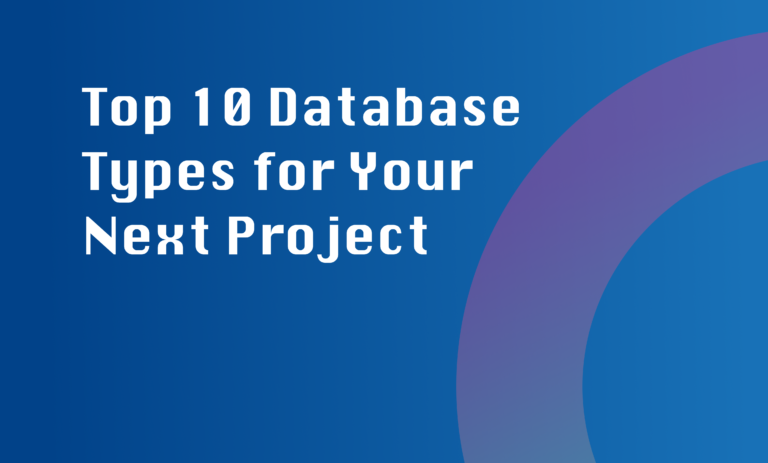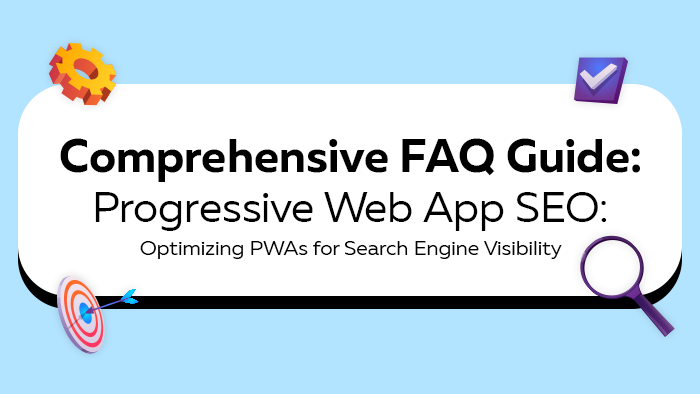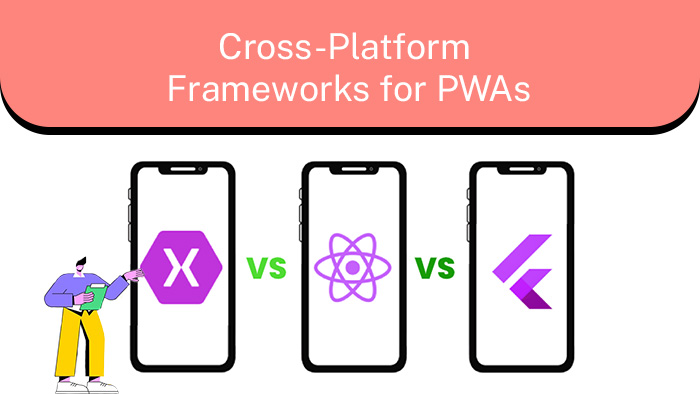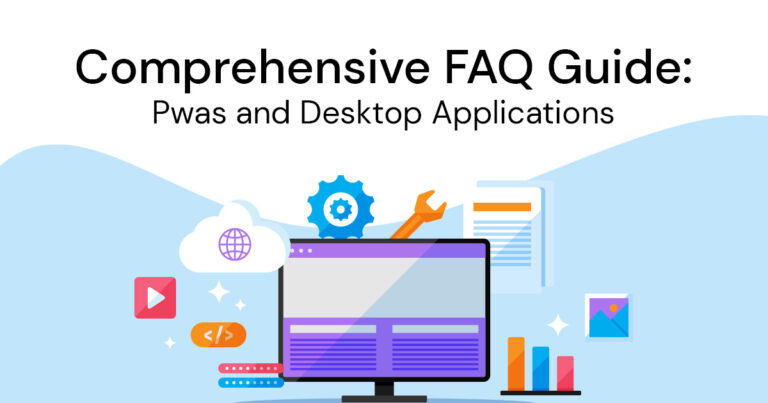
Top 10 Database Types for Your Next Project
Explore the top 10 database types for software projects, their unique features, and which one to choose for your next development endeavor. Make informed decisions for data management in your applications.
Home » Development
Development is the ongoing process of growth and improvement, encompassing various areas such as personal, economic, societal, and technological advancement. It involves enhancing individual and collective well-being, achieving goals, and realizing potential, whether at a personal, community, or global level.

Explore the top 10 database types for software projects, their unique features, and which one to choose for your next development endeavor. Make informed decisions for data management in your applications.

Explore PWAs: Your FAQs Guide to Integrating Camera, Geolocation & Device APIs. Harness native features seamlessly for enhanced user experiences. Dive in now

General Understanding of PWAs and SEO 1. What is a Progressive Web App (PWA)? A Progressive Web App (PWA) is a web application that employs modern web technologies to provide users with a native app-like experience directly within a web browser. PWAs combine the best of both worlds: they are discoverable like websites while offering the responsiveness and interactivity of native apps. They can be accessed via URLs, do not require installation, and can be saved to a user’s home screen. PWAs are designed to work offline or under unstable network conditions, ensuring a consistent experience regardless of connectivity. 2. How do PWAs differ from traditional websites and native apps? PWAs bridge the gap between traditional websites and native apps by offering a blend of benefits. Unlike traditional websites, PWAs are accessible offline and can leverage device features like push notifications, geolocation, and camera access. They load quickly due to service workers, which cache resources and enable offline functionality. In comparison to native apps, PWAs

Understanding Offline-First Approach Basics 1. What is the concept of “Offline-First” in the context of Progressive Web Apps (PWAs)? The “Offline-First” concept revolves around designing applications to function seamlessly even when there’s limited or no internet connectivity. In the context of PWAs, this means that the app should be able to provide core functionality and content to users, even if they are offline. By storing assets and data locally, the app can continue to offer a meaningful experience when the user is disconnected. 2. Why is implementing an offline-first approach important for cross-platform PWAs? Implementing an offline-first approach is crucial for cross-platform PWAs due to the diversity of devices and network conditions users encounter. Cross-platform PWAs aim to provide consistent user experiences across various devices and platforms. By prioritizing offline functionality, these PWAs become more reliable, enabling users to access content and features irrespective of their internet status. 3. How does offline-first architecture enhance user experience and engagement in PWAs? Offline-first architecture significantly enhances user

General Overview 1. What are cross-platform frameworks, and how do they relate to Progressive Web Apps (PWAs)? Cross-platform frameworks are tools that allow developers to build applications that can run on multiple operating systems or platforms. They enable developers to create a single codebase that can be used to build applications for various devices, such as smartphones, tablets, and desktops. In the context of Progressive Web Apps (PWAs), cross-platform frameworks are used to create web-based applications that can be accessed through web browsers and offer a native-like experience across different platforms. This means that PWAs built using cross-platform frameworks can provide a consistent user experience regardless of the device or operating system. 2. What advantages do cross-platform frameworks like React Native, Flutter, and Xamarin offer over traditional native development? Code Reusability: Cross-platform frameworks allow developers to write code once and use it across multiple platforms, reducing development time and effort. Cost-Effectiveness: With a single codebase, developers can target multiple platforms, saving resources compared to developing

Introduction to PWAs and Desktop Applications: 1. What is the concept behind converting web apps into installable desktop apps using PWAs? Converting web apps into installable desktop apps using Progressive Web Apps (PWAs) is a process that brings the best of both worlds together. The concept revolves around leveraging modern web technologies to create desktop applications that users can install and run directly on their computers, just like traditional native apps. PWAs use service workers to enable offline functionality and caching, making them accessible even without a stable internet connection. By utilizing web app manifest files, developers can define the app’s name, icon, and other characteristics, ensuring a consistent experience across different desktop platforms (Windows, macOS, Linux). This approach allows developers to reach a wider audience, as users can install and run these desktop PWAs without going through app stores. It also simplifies updates since changes to the web app are instantly reflected in the installed PWA, eliminating the need for users to download and